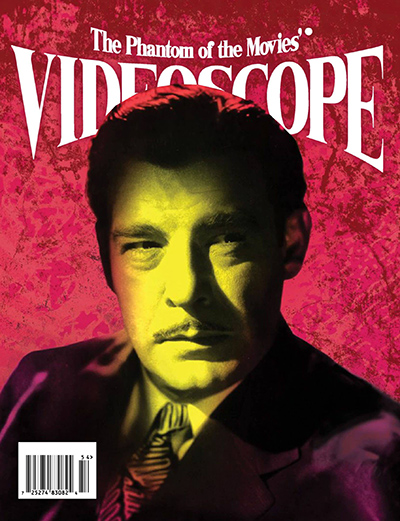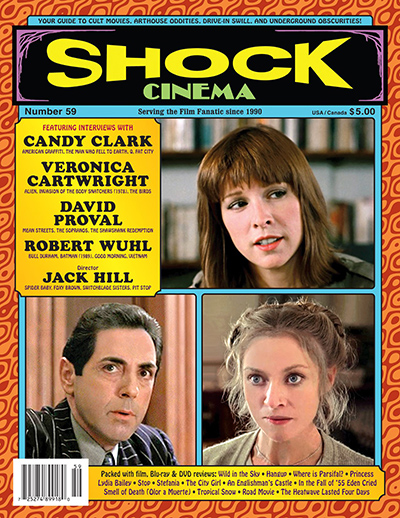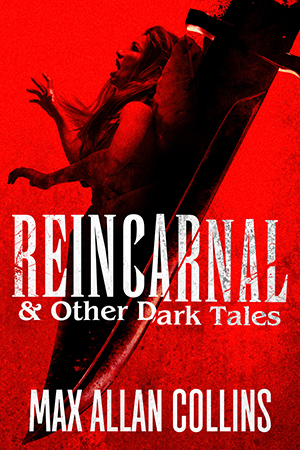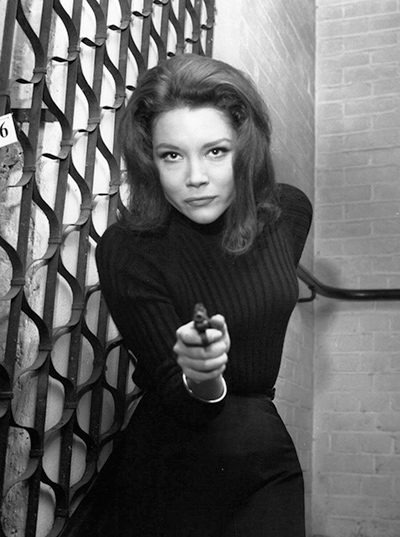Barb’s mother passed away last week. I mention this not to initiate a flood of condolence wishes, which since Barb does not use Facebook might fall on deaf ears anyway. Dorothy Carolyn Jensen Mull was 97 and had endured a long bedridden convalescence, although saying Dot’s passing was a “blessing” in a way does not make it any easier for Barb and her six siblings.
I mention it here because Dorothy deserves thanks and recognition for inspiring, to a degree, the character Vivian Borne in the Antiques cozy mystery series that Barb and I write. This is not to say that Dot was a zany eccentric or a local theater diva – neither was the case. But she was highly spirited and for a number of years went antiquing with Barb from this flea market to that garage sale. This led to Barb and her mom running a booth at an antiques mall together for a good number of years, which was a major inspiration for the book series.
And I am happy to say that Dot enjoyed the Trash ‘n’ Treasures mysteries, which in her later years (with her eyesight failing) were read to her by Barb’s sister Anne.
I go into this in part because it speaks to Barb’s methods and mine where it comes to writing fiction. Though we work in a genre with its own conventions and (to use the tiresome current favorite term) tropes, we both instill elements from our own experience in our storytelling. The psychologist character in the Antiques books draws from Barb’s sister Cindi, yes, a psychologist. Barb has an older sister just as Brandy Borne does, although past a few superficial similarities the resemblance ends there. She also has a sister, Kathe, whose work in Broadway theater impacted our novel, Antiques Con. My brother-in-law Gary inspired a friend of Quarry’s who has somehow managed not to get killed, either in real life or fiction.
This kind of thing goes back to the earliest days of my career, when I was first able to inject elements of my real life into my crime-fiction fantasy. Mourn the Living had an Iowa City setting and reflected the hippie era there when I was in college. Bait Money finds Nolan and Jon robbing the bank where Barb was working at the time; she provided me with their security protocols!
Even in writing historical fiction I draw upon my own experiences. I wouldn’t have written The Titanic Murders if I hadn’t read in grade school a Tab book club edition of Jacque Futrelle’s The Thinking Machine. Getting betrayed by my best friend from high school (who embezzled from me) played a part in any number of my novels in the last twenty years, including Quarry’s Ex, which also drew upon my experiences making indie movies.
Anyway, it’s a lesson aspiring writers in any genre should take to heart. Don’t just write out of the books you’ve read and movies and TV you’ve seen. Draw on your experiences even in the context of mystery fiction or s-f or westerns or…really, any genre.
And one last thing – thank you, Dorothy. You inspired me, through your daughter and your own unique spirit.
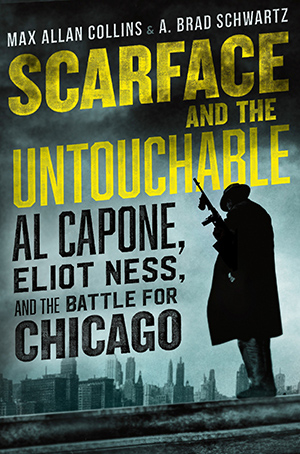
Scarface and the Untouchable – the Capone/Ness non-fiction work by Brad Schwartz and me – hit the entertainment news last week. CBS is exercising their option to pick up the property for a series and it’s going to Showtime. We’ll see if it happens.
Read about it here, where you’ll discover my middle name is “Allen” and that apparently no one but me (and you) remembers that this all began with The Untouchables TV series starring Robert Stack.
Barb and I went to a movie at the local theater for the first time since the pandemic hit – something like fourteen months. We are, as you may be aware, frequent moviegoers and it was definitely strange to be back doing something so familiar after over a year and a half away from it. The theater did a good job with every other row blocked off and masks in the outer areas. We went at an off-time (3:30 pm on a Sunday) and were among perhaps seven other moviegoers.
The film was terrific – Wrath of Man, starring Jason Stratham and directed by Guy Ritchie. I like Ritchie’s films very much – he is essentially the UK’s Tarantino. It’s a very hardboiled crime story and not for the faint of heart (or the five year-old whose parents took her to this screening), minus the humor and quick cutting of most Ritchie films. This has more of a Richard Stark feel than the Parker film Stratham starred in a few years ago.
Here’s a wonderful review of Shoot-out at Sugar Creek, the new Caleb York.
And another.
Jeez, maybe you guys ought to read this one.
M.A.C.
